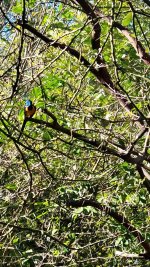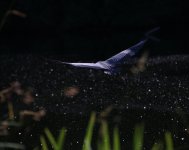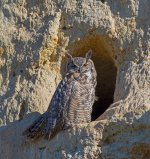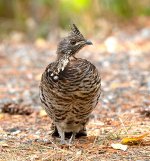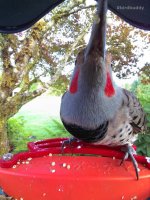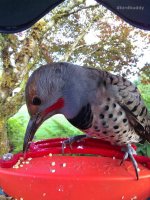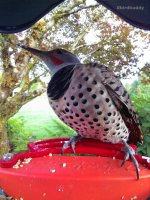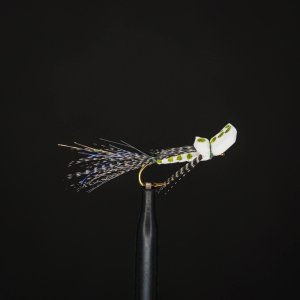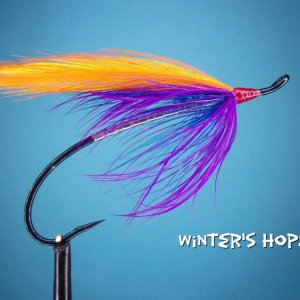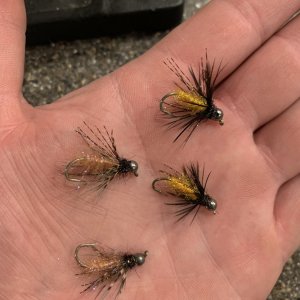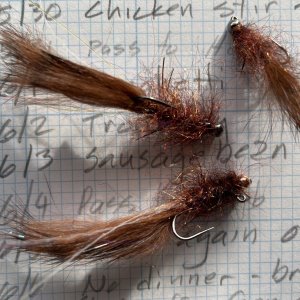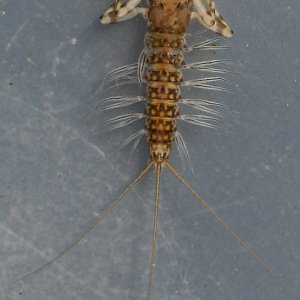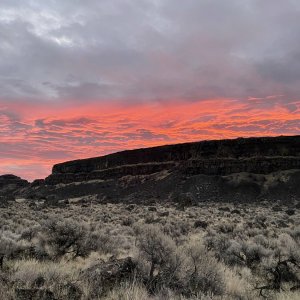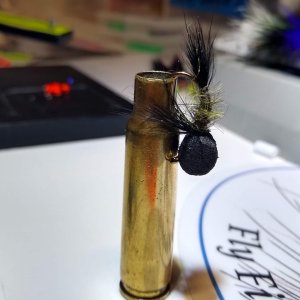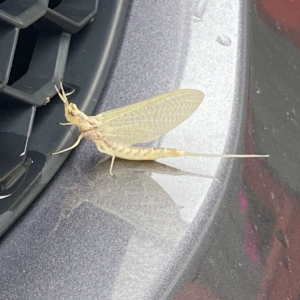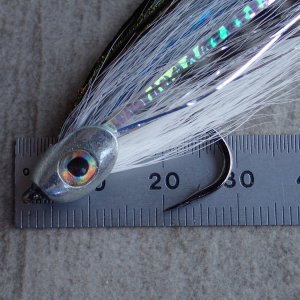You are using an out of date browser. It may not display this or other websites correctly.
You should upgrade or use an alternative browser.
You should upgrade or use an alternative browser.
Got any bird pics?
- Thread starter Wadin' Boot
- Start date
The Chemist:
Is that a bee eater?
Is that a bee eater?
I have no idea. When I take my kids to the zoo I always snap a pic or two of something exotic looking and send it to my birder friend. Always funny to see him be like "what the hell? Where did you see that!?"The Chemist:
Is that a bee eater?
Saw this thread and thought I'd drop it in here hoping for a similar response.
Okay, got it. I thought it was from some exotic trip to a foreign land.
I have a few pics from my many trips to Costa Rica.
I have a few pics from my many trips to Costa Rica.
Bass-O-Matic
Life of the Party
Bass-O-Matic
Life of the Party
Zak
Legend
Great shot!From the hip. Was strolling on a long wooden walk way on a westside lake when this dinosaur exploded from the marsh. All the dots are droplets from its wings.The sounds they make are the opposite of a songbird.
View attachment 88396
Is that a Eurasian wigeon in the second picture?
RCF
Life of the Party
Dozens included in the changing names of birds to remove human monikers. These include Steller's jay, Cooper's hawk, and Anna's hummingbird:
I have enough trouble remembering current names, much less new ones...
I have enough trouble remembering current names, much less new ones...
Last edited:
Sure looks like it could be...Is that a Eurasian wigeon in the second picture?
Dozens included in the changing names of birds to remove human monikers. These include Steller's jay, Cooper's hawk, and Anna's hummingbird:
I have enough trouble remembering current names, much less new ones...
You mean when I discover a new species, it won't be named Canuck's Green-billed Nut-chaser? Damn!!
cheers
I'm not sure, I knew it was unfamiliar to me and after searching an image, maybe so. Sounds like they are infrequent visitors to our neck of the woods so pretty cool if so.Is that a Eurasian wigeon in the second picture?
Two interesting intertwined answers. Nomenclature, a Gordian knot of the pedantic and meticulous... So many rules... The scientific name (binomen = Genus and species codified by Carl Linnaeus) for a new species CANNOT include the name of those that are describing the new species. You can name the new genus or species after your kid, your wife, a favorite pet, a mentor, or even a celebrity or politician (see here for some interesting stories). [The first letter of the genus is always capitalized and the species name is always lower case. Because these are "foreign words" (Latin or bastardized Latin), they are in italics as you would for de novo.You mean when I discover a new species, it won't be named Canuck's Green-billed Nut-chaser? Damn!!
cheers
In many area of taxonomy, common names are whatever the local folks call that species, often without regard to the actual scientific relationships of the new species to already-described species. When I lived in North Carolina, a long-held name for the eastern form (that is, the yellow-shafted flicker) of Northern flicker was "yallerhammer"; you can find yallerhammer trout flies that have this common name (and that used to incorporate flicker feathers). The local ling cod, Ophiodon elongatus, (aka, buffalo cod or cultus cod) is neither a ling (a Gadiform fish in the related family Lotidae) or a cod (family Gadidae); it is a giant greenling (Hexagrammidae, and a close relatives of sculpins and rockfishes). We see the same thing in the common names of salmon for which there are several acceptable names for the same species (e.g., king, chinook, tule, blackmouth, tyee = Oncorhynchus tshawytscha).
It would create significant confusion in the scientific literature if one used common names for fishes. Imagine if you were conducting research on the Australian salmon (Arripis trutta) and used the common name salmon trout for this species in your paper = chaos because some would think that it was related to the Salmonidae of the Northern hemisphere. There is an interesting example of potential confusions in this Wikipedia article on "cod". Therefore, in the fish literature, only scientific names are used, never common names. [There has been some moves toward standardization but it hasn't been widely accepted.]
However, the bird scientists and passionate amateurs decided to "standardize" the common names of birds. Some common names are descriptive (yellow-rumped warbler), other stem from the person who first collected it (e.g., Steller's jay), or to honor someone (though in light of modern judgements, some of those who were so honored, e.g., Audubon or John Kirk Townsend have checkered human rights records). Therefore, there is only one accepted scientific and common name for each bird species (and often for subspecies too). With the two names synched, in the bird literature, you often see only common names used in a scientific paper. In deciding to standardize common names, the committees decided that, where possible, the common names should reflect taxonomy too. For example, before this standardization, the name "hawk" applied to a red-tailed hawk (a true hawk in the genus Buteo - no change), the sparrow hawk (actually a falcon = and now called American kestrel), the marsh hawk (now called the northern harrier), and the fish hawk (now called the osprey).
[But because there is NOT one international group standardizing these names, the Europeans use the common name "buzzard" for birds in the genus Buteo, while in the New World they are "hawks" and an alternate (disfavored) common names for vultures is "buzzard". Similarly the American Ornithological Union/Society has lumped the myrtle's warbler, Audubon's warbler, and Goldman's warbler into a single species, the yellow-rumped warber (known affectionally as "butter-butts") with three species, but the International Ornithologists Union (IOC) considers each to be separate species. Lumpers vs. splitters...
It does mean that as our understanding of bird taxonomy grows, especially in light of molecular genetic information, the scientific names and common names change in parallel. But the bird names (common and scientific) are mostly solid and stable (your opinion may diverge from mine on this). Revisions occur once a year and are voted on by the members of established committees in these national and international organizations.
[In contrast, these new molecular tools are driving massive renaming of marine invertebrates. The common bay ghost shrimp, which I learned as Callianassa californiensis, is now in a different genus Neoptrypaea californiensis. If you are trying to research the literature on this species, you need to look up both genus names, old and new. It is ironic that the common name, "bay ghost shrimp", has been more stable.]. Dungeness crabs, formerly Cancer magister, is now Metacarcinus magister. Grrrr.
Steve
Last edited:
Bass-O-Matic
Life of the Party
Hillbilly Redneck
wishin I was fishin
They are such pretty birds.


